#bluestems
Text

POV you are a seed
#birds#pigeons#bluestem owl#BR1-1#she got the best parts of Rutabaga and Beau's temperaments i'm so sad that she's completely off from my attempted standard#*through gritted teeth* Junco will be more versatile for future breeding projects and will get over her skittish stage soon
2K notes
·
View notes
Text

Hidden singer (Coyote and Big Bluestem); Dec 2022, ink. ID in alt.
In the North American prairies, we talk about the "big four" characteristic grass species, which historically were among the most common prairie plant species and are noted for their affects on the rest of the habitat. They define the habitat, in the same way oak forest is defined by oaks. Everything else that lives there is shaped by them. This art represents Andropogon gerardii, whose common English names include Big Bluestem and Turkeyfoot.
#artists on tumblr#ink#prairies#my art#coyote#wildlife illustration#big bluestem#fountain pen#kinda surprised by how much ppl liked the other coyote so here's another fellow. unhinged lad. v fun to draw#big four prairie grasses#id in alt text#does it make a difference if I specify that? I'd imagine someone using a screen reader would be able to tell?#tho I suppose it's helpful for anyone who sorts stuff by described vs undescribed#hi new followers u never know what ur gonna get on this art blog - welcome to my brain its as chaotic as my desk#canis latrans#andropogon gerardii
393 notes
·
View notes
Text
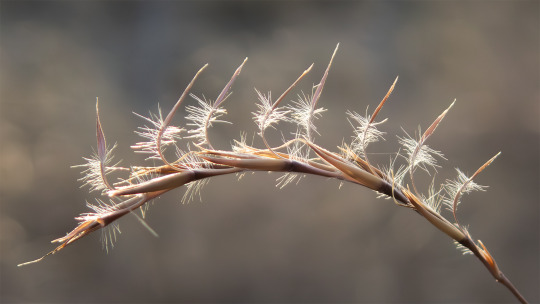
Scientific Name: Schizachyrium scoparium
Common Name(s): Little bluestem
Family: Poaceae (grass)
Life Cycle: Perennial
Leaf Retention: Deciduous
Habit: Graminoid
USDA L48 Native Status: Native
Location: Lucas, Texas
Season(s): Winter
Post-fruiting, based on season, but I’m not good at recognizing grass phenology.
#Schizachyrium scoparium#little bluestem#Poaceae#perennial#deciduous#graminoid#native#Lucas#Texas#winter#fruit#brown#tan#bluestem#plantblr
8 notes
·
View notes
Text
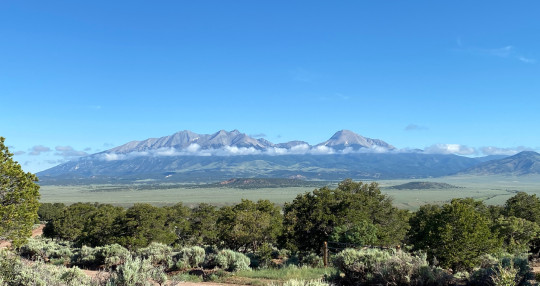
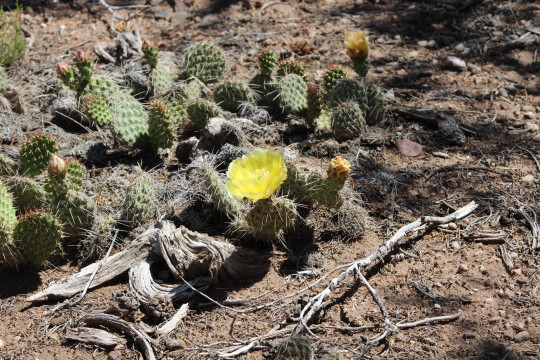


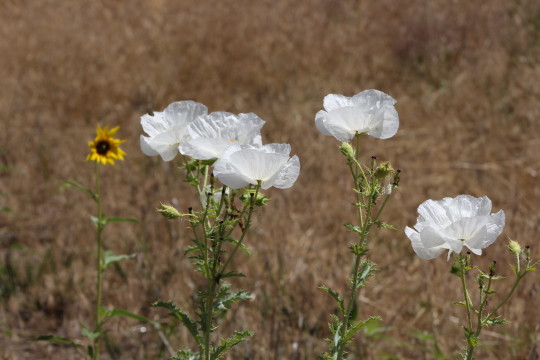
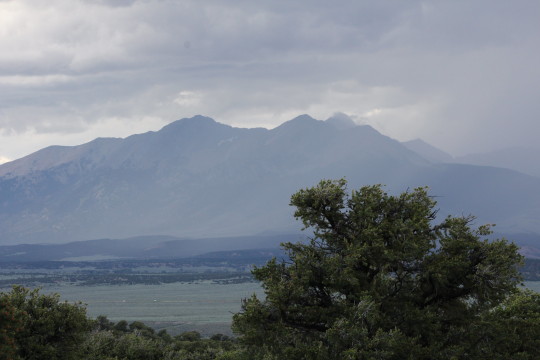
Sangre de Cristo Mountains 2020 (2) (3) (4) (5) (6) by re_vised
#mountains#countryside#cactii#flowers#cliff prickly-pear#arizona ipomopsis#bluestem pricklypoppy#path#cloudy#landscape#usa#colorado#new mexico#rocky mountains
3 notes
·
View notes
Text
So the heat/humidity bubble we had this week was a nightmare

On the plus side, the grasses seem to be loving it. Several started started budding during the heat and the big bluestem is even flowering


Majestic af:

2 notes
·
View notes
Text
My pet peeve is when people create prairie gardens to replace lawns and talk about how much better and more biodiverse and great for wildlife they are, but include no grasses at all and even demonize grass plants as a whole, when native grasses would be in that habitat naturally, and native grasses are a source of food for various insects (including caterpillars!!), mammals and birds >:(
#in this house we love and appreciate savannahs and grasslands!!!#grass isn't evil :(#just grow native species! some of them are very ornamental too!#like‚ where i live‚ we've got lots of big bluestem grass. it's a host plant for various species of butterfly! and it's really pretty#some of the plants here turn purple as the weather gets cold! really pretty#but there's hundreds of native grass species here so that's definitely not the only option#lawn discourse
11 notes
·
View notes
Text
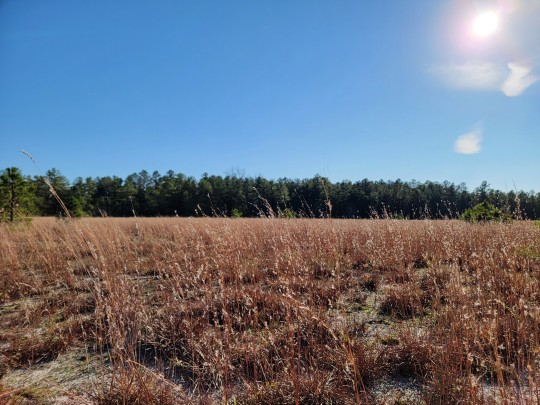
Little Bluestem Meadow - November 12th 2022
#little bluestem#I'm 72% sure on this one bc the cultivars confuse me and this is wild#nature#meadow#pine barrens#photographers on tumblr#original phography#new jersey#winter#njlocal
3 notes
·
View notes
Text



2 notes
·
View notes
Text
1 note
·
View note
Text
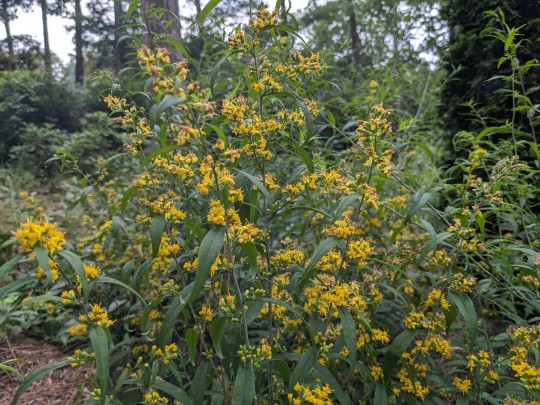
Solidago caesia / Wreath Goldenrod at the Sarah P. Duke Gardens at Duke University in Durham, NC
#Solidago caesia#Wreath Goldenrod#Blue-stemmed goldenrod#Bluestem goldenrod#Goldenrod#Solidago#Native plants#Native flowers#Nature photography#Flowers#Sarah P. Duke Gardens#Duke Gardens#Duke University#Durham#Durham NC#North Carolina
1 note
·
View note
Text
Young gay and emo twink engage anal play with cock and dildo
anal maravilhoso com comedor de casadas
Sweet dreams succubus nightmare Fast walkthrough
Amateur beauty gladly takes meaty dick inside her wet face hole
Guy gets head and fucks hot wife Cathy Campbell and teen neighbor Bianka Lovely in living room
White Girl Swallows Cum
de la Selva su Encanto
Chubby granny sucks cock and swallows jizz
Sleeping pussy insertion closeup
Blow job gone crazy
#self-recollective#bluestem#lanamia#tessaraphthong#rallyes#enhaemospore#cervicothoracic#Platanistidae#aselar#Wilhlem#diplomats#petiolate#nongeometric#hematonephrosis#hoist-#Ogma#pop#tide-water#Bowell#big-bosomed
0 notes
Text

While I'm here I'm gonna make you look at Junco
#they're soooooooo cute i'm overcome by how cute they are some days#bird#pigeon#baby pigeon#bluestem owl#BR1-2#ok back to my cave until tomorrow bye
1K notes
·
View notes
Text
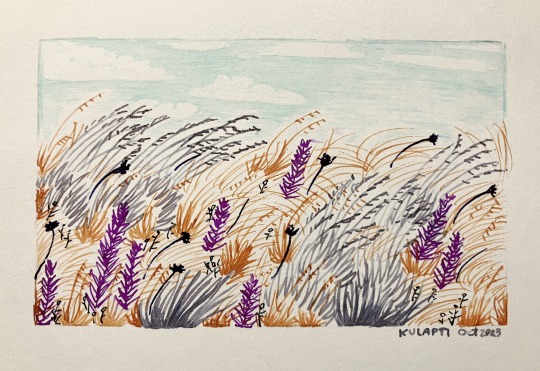

Oct 2023, pen & inks. Grass is not all the same.
Many people don't know that grasslands have fall colors. This is partly because over 75% of the prairie habitat on the North American continent has been destroyed by agriculture, systematic destruction, and more recently by urban sprawl. We have less than 1% of historic tallgrass prairie remaining. Please learn about these beautiful and rare spaces to help them, and if you get the chance, go see a prairie in national grassland or in a state or national park.
Aside from the sparkly ink, this illustration has a narrower color range than the Red Hills mixedgrass prairie it represents.
Species: Little bluestem (S. scoparium), big bluestem (A. gerardii), maidenhair (Sporobolus sp.), sideoats grama (B. curtipendula), blooming prairie blazing star (Liatris sp.), and the late season remnants of basketflower (Centaurea americana) and dwarf four-nerve daisy (Tetraneuris linearifolius).
#my art#inktober#ink#prairie#nature illustration#grassland#little bluestem#big bluestem#plant blindness#that one comic about the english language words for grassland being inherently agricultural lives rent free in my mind#do I fully agree? not necessarily. but I do think about it a lot#shimmer ink#fountain pen#freehand#by systematic destruction I mean genocide of its human residents and mass slaughter of its keystone mammal species#[insert Dr Kimmerer's essay about Do you think the land loves you back]#you've heard of 'go touch grass' now get ready for- go touch NATIVE grass#undescribed for now sorry sdkfjlg
42 notes
·
View notes
Photo

Big Bluestem Seeds American Native Prairie Grass Andropogon gerardii Seeds Organic, Non-GMO B50 Count: 50 seeds This is probably the most popular native grass of the tallgrass prairie. It is a warm-season grass, so it does not really get going until the summer heat sets in. It grows very tall in fertile soil, and the stems turn a lovely rusty color in the late fall and into winter. Sometimes known as the "king of the grasses," this species towers over all the other natives of the tallgrass prairie region. In the past, it grew thickly over many miles of prairie and provided an important food source for bison. Its extensive root system makes it a valuable plant for erosion control, as well as being one of the most commonly chosen species for prairie restoration and native landscaping. The genus name "Andropogon" comes from the Greek words for "man's beard," referring to the stiff hairs that develop on the ornamental seed head. Also known as Turkeyfoot, Big Bluestem is a warm-season bunchgrass that grows to seven feet tall. The seedhead divides into narrow branches that resembles a turkey’s foot. This long-lived perennial is a major component of the tallgrass prairie of central North America. It is excellent for erosion control and provides cover and nest sites for wildlife. Does not tolerate excessive grazing. Turns a lovely reddish brown in autumn. MORE INFO: Sowing: Direct sow either in late fall or early spring. Plant the seed just below the surface of the soil, compacting the soil very firmly. Keep the soil lightly moist until germination. Growing: Water seedlings regularly until they become established. Because of their extensive root system, the plants grow rather slowly. This plant grows best in average, well drained soil, though it adapts to nearly any soil type including sand and clay. Though it flourishes in rich soil, it tends to be more upright in poor soil. It tolerates drought well, though watering in extremely dry weather will produce the best growth. This plant self-sows, and resists deer and attracts small birds. It makes an excellent choice for controlling erosion, as well as being ornamental throughout the autumn and winter. Seed Saving: Collect the seed as soon as the seed heads turn color and begin to dry; the seed should strip easily from the stem. Spread the seed out in a protected location until it has dried completely. Store the seed in a cool, dry place. http://springsofeden.myshopify.com/products/big-bluestem-seeds-american-native-prairie-grass-andropogon-gerardii-seeds-organic-non-gmo-b50
#Ice plant#Dorotheanthus#bellidiformis#Iceplant#Bluestem Seeds#Prairie Grass#Schizachyrium#scoparium
0 notes
Text
So the heat/humidity bubble we had this week was a nightmare

On the plus side, the grasses seem to be loving it. Several started started budding during the heat and the big bluestem is even flowering

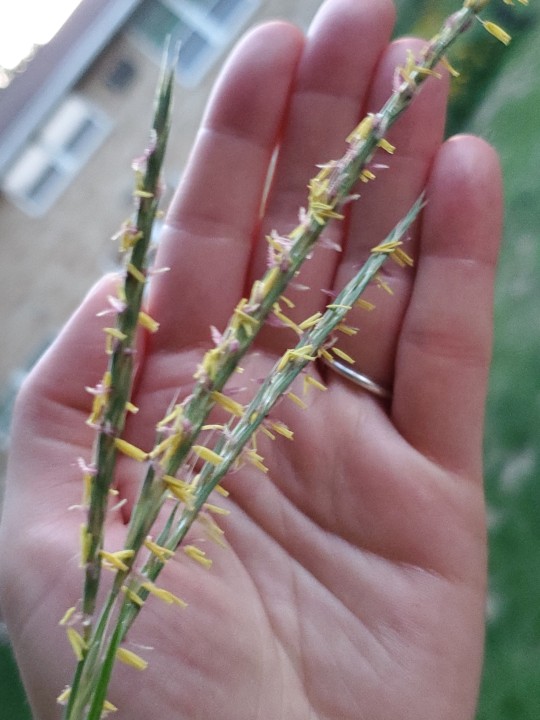
Majestic af:
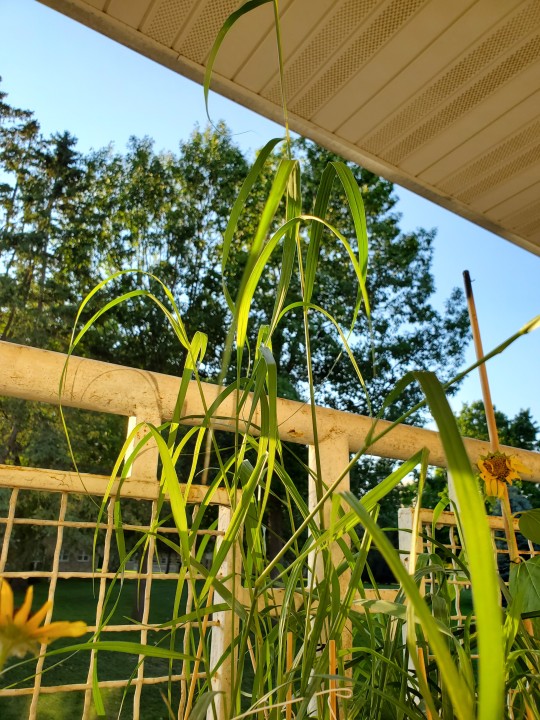
0 notes
Text
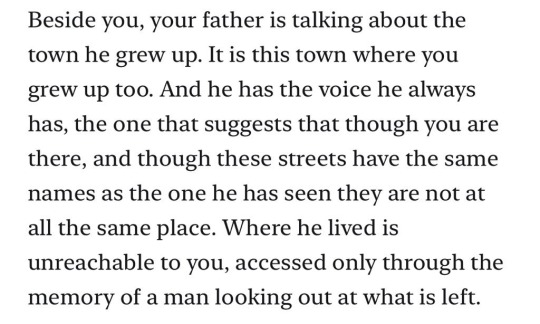
The bluestems are blowing via substack
257 notes
·
View notes